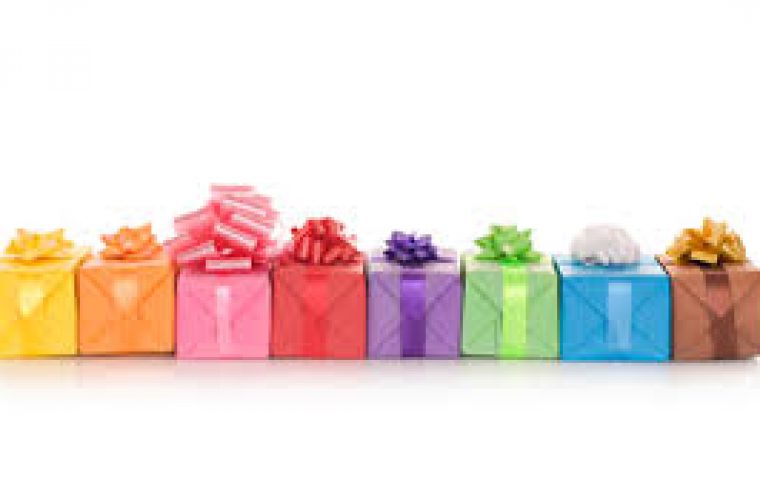Imagine if you had insights into your earliest experiences in life that would give you clues as to why you need what you do in your relationships? What your body remembers provides clues for the challenges you face today.
Emily first came to see me as a client because she wanted to explore what had contributed to the end of her 13 year marriage. Emily was distraught and reeling from the discovery that her husband was having an affair and had recently announced that he was leaving her for the “other woman”. Her greatest fear had come to be. She was alone, a single mother with two young children, she was scared, vulnerable and most of all really angry.
As we worked together, I suggested that she might want to explore what she was feeling, the sensations in her body and where in her body she was feeling them. This simple technique allowed her to discover new insights about the relationship instead of the story the mind wants to tell about a he said / she said blame game. Through this we discovered that Emily had learnt that her familiar way of loving was to give… and then to give some more. More often than not it is the over-giver that creates an imbalance and actually ends up breaking down the relationship. For harmony to be experienced in any relationship, especially a loving, committed relationship such as marriage, it works best if the giving and receiving is equal; one person gives and in return the other person gives a little more and then the other returns by giving a little more, and so on… The exchange is love, and as each gives and receives so love grows and the relationship continues to blossom.
Emily told me what she knew about her earliest experiences including a traumatic separation from her Mother when her Mother was no longer able to care for her and she was adopted at 6 months of age. A baby is all feeling centred. You cannot tell a baby that they are safe, they only know if they feel safe or not. A baby’s way of feeling secure is closeness with its Mother. Close to her voice, her smell, her nurturance and care sends a calming message that begins a foundation of trust with love and bonding.
The biology of Attachment supports how deeply this affects how we bond, how we love and how we relate not only to our parents but how we maintain connections in our future relationships. This early experience, not consciously remembered, creates a template for how we unconsciously exchange love or withdraw from it.
Often those who experienced a prolonged or permanent separation from their parents in the first 3 years of life, live with a body-centred fear of being left alone. That fear often shows up like a pulse of anxiety ever present in the body. It is as if the child’s body memory recalls the longing to have Mother close, her smell, her touch, her voice yet for whatever reason, Mother is not there. The adult now does everything in order to keep love close – anything to avoid the longing left unfulfilled.
Due to her early life experiences, before words or brain development were fully formed Emily was inclined to notice what the other person in her relationships needed instead of noticing what she needed in each moment. When you give more than you receive, unconsciously, you do it from a place of emptiness. You do it to pick up the slack of the other side, to fill in the empty spaces. You do it to ensure that you will never again end up alone.
Over time the receiving partner can’t help but feel overwhelmed by the imbalance of what is given and the lack of reciprocation. In many instances the partner would rather leave than feel in debt within the relationship and so contributes further to the replication of the first experience of abandonment.
During Emily’s Life Therapy sessions I invited her to explore what was happening inside her. By exploring the areas that guide each of us unconsciously, by following where the breath can move easily and noticing where it gets stuck it is possible to achieve a certain clarity of that which is hidden from the conscious mind. It is the images in our minds rather than the story we tell that allow emotional release and a peaceful resolution to occur. We all live by our inner images. The images we hold inside guide our lives. Once your inner image transforms, then the patterns you live by can evolve so that something new and healthier can emerge.
If it is your natural instinct to give, then a new habit to form that will support your relationships is to only give as much as your partner is capable of receiving. Not only will this open a new exchange within your connections, your relationships will flourish with the improved sense of balance.
Within the delicate balance of give and take, relationships thrive.


